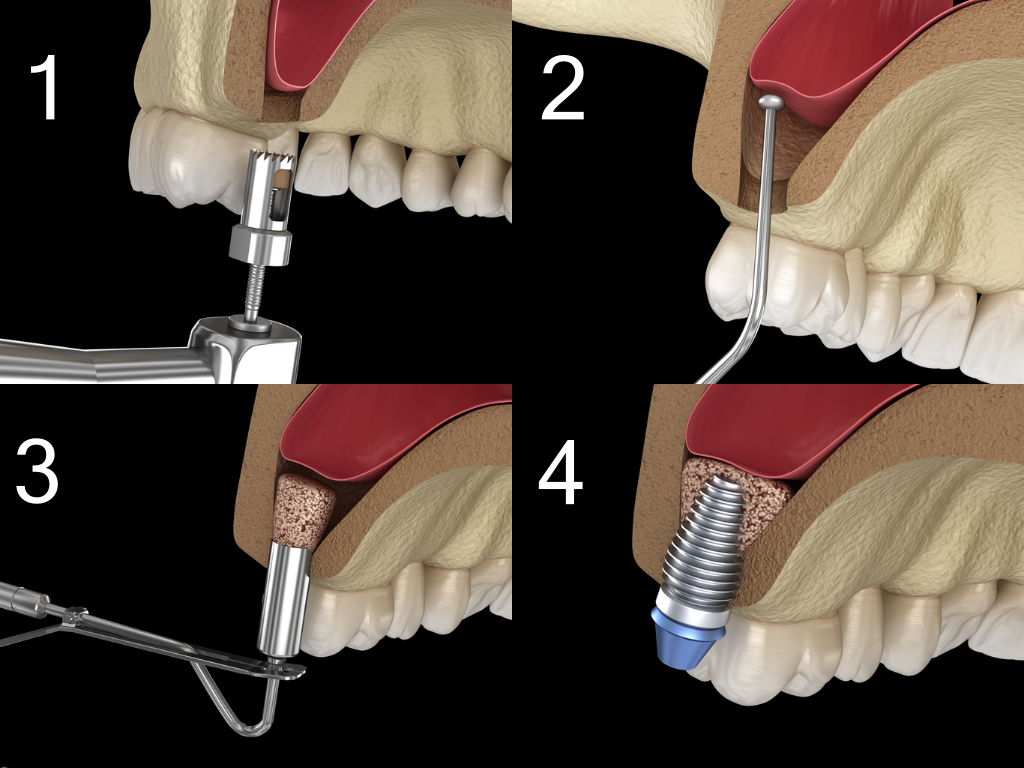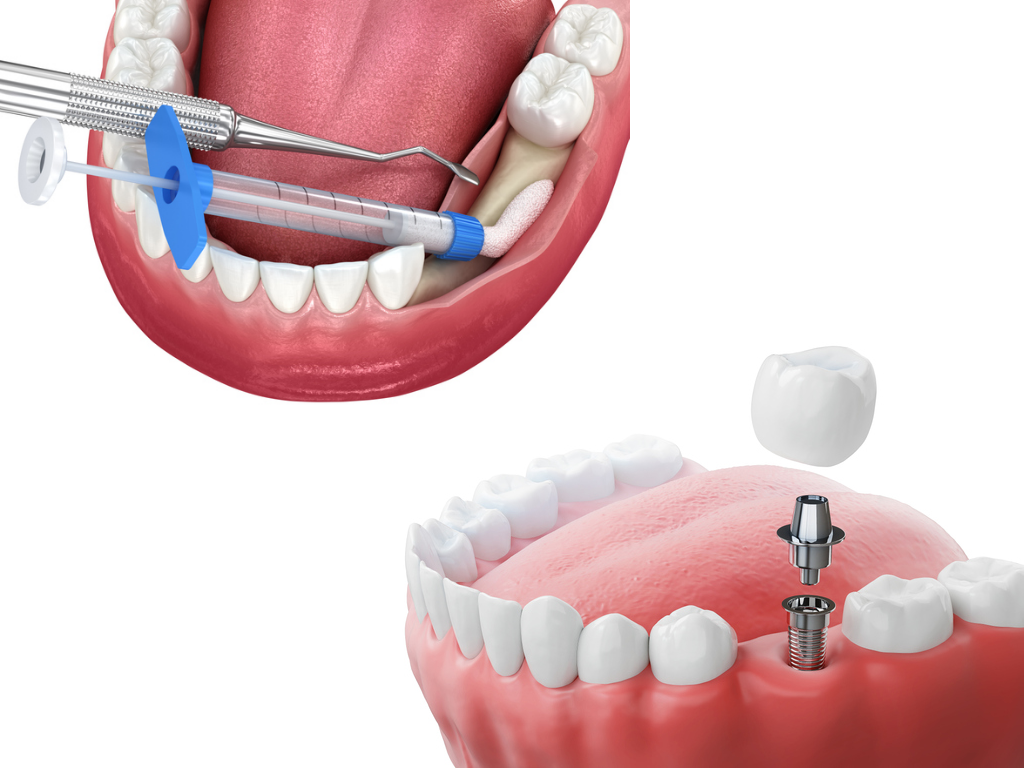When it comes to dental procedures, sinus lifts and bone grafts are two terms that often come up in discussions related to dental implants. Both procedures play a crucial role in ensuring the success of implant placement, but they serve different purposes. In this article, we will discuss the nuances of sinus lifts and bone grafts. We will explore their differences and similarities to help patients make informed decisions about their oral health.
Understanding Sinus Lifts:
A sinus lift, also known as sinus augmentation, is a surgical procedure that periodontists like Dr. Scharf perform. The goal is to add bone to the upper jaw in the area of the molars and premolars. This procedure is necessary when the natural bone in the upper jaw is insufficient to support the placement of dental implants. The maxillary sinuses, located on either side of the nose, encroach upon the upper jaw, leaving limited space for implant placement.
During a sinus lift, Dr. Scharf lifts the sinus membrane and places bone graft material in the resulting space between the jaw and the sinus floor. This additional bone creates a stable foundation for dental implants. Sinus lifts are commonly performed when there is bone loss due to tooth extraction or periodontal disease.

Understanding Bone Grafts
Bone grafting is a procedure that involves adding bone to areas of the jaw where it is deficient or has been lost. This can occur due to tooth loss, trauma, or other oral health issues. The purpose of a bone graft is to regenerate or augment the existing bone, providing a solid base for dental implants.
Dr. Scharf can source a bone graft from various materials, including the patient’s own bone (autograft), donated bone from another person (allograft), or synthetic materials (alloplast). The choice of graft material depends on the individual patient’s needs.

Differences:
Purpose:
- Sinus lifts specifically address bone deficiency in the upper jaw, particularly in the molar and premolar regions affected by the maxillary sinuses.
- Bone grafts, on the other hand, can be performed in various areas of the jaw to augment bone volume for implant placement.
Location:
- Sinus lifts are limited to the upper jaw, specifically addressing the maxillary sinuses.
- Bone grafts can be performed in both the upper and lower jaws, depending on the patient’s needs.
Procedure:
- A sinus lift involves lifting the sinus membrane and placing bone graft material in the resulting space.
- Bone grafting involves placing graft material directly onto the existing bone in the desired area.
Similarities:
Implant Support:
- Both sinus lifts and bone grafts aim to provide sufficient bone volume to support the successful placement of dental implants.
Healing Time:
- The healing time for both procedures is critical to the success of implant placement. It typically takes several months for the grafted bone to integrate and become a solid foundation for implants.
Graft Material:
- Bone grafts may use similar materials for grafting, such as autografts, allografts, or alloplasts, depending on the patient’s condition.
Invaluable Procedures
In dental implantology, sinus lifts and bone grafts are invaluable procedures that enable patients to enjoy the benefits of stable and long-lasting implants. While they have distinct purposes and are performed in different areas of the jaw, their shared goal is to enhance bone volume and create a supportive environment for dental implants.
If you’re considering dental implants and your dentist or periodontist recommends a sinus lift or bone graft, having a thorough understanding of these procedures is important. A detailed discussion with your dental professional will help you make informed decisions tailored to your specific oral health needs. A solid foundation is the key to a beautiful and functional smile.
